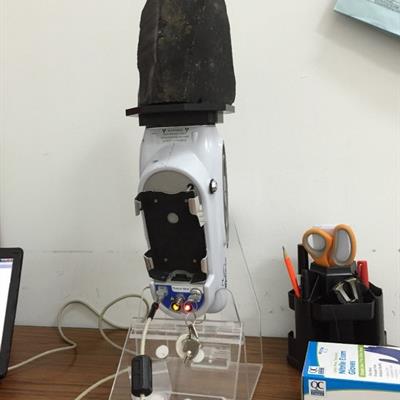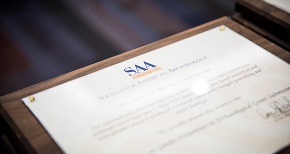
Registration Closed!
XRF in Archaeology: Overview of Fundamental Concepts and Case Studies
When: October 11, 2019 1:00-3:00 PM ET
Duration: 2 hours
Certification: RPA-certified
Pricing
Individual Registration: $99 for SAA members; $149 for non-members
Group Registration: $139 for SAA members; $189 for non-members
Applications of X-Ray Fluorescence (XRF) in archaeology have expanded beyond the analysis of homogenous materials, such as obsidian, to include more heterogenous materials used, created, formed, or associated with human practices. Applications therefore include characterizations of ceramics, metals, glasses, soils, sediments, plasters, pigments/residues, cherts, and metavolcanic or metasedimentary rocks. While obsidian analysis is relatively straightforward, the other materials require additional caveats before conclusions can be drawn. This webinar summarizes fundamental aspects of how XRF works and then discusses a series of case-studies to illustrate how XRF technology can be applied to various anthropological questions. Intended for students, with little to no hands-on XRF experience, the presentation outlines important technical topics that should be considered before using XRF. These include a critical evaluation of material, the limitations of XRF instruments, and how XRF spectral data are used to make inferences and conclusions. Through discussing these topics, the instructor will indirectly address current debates in the literature regarding the use, reliability, and accuracy of handheld portable instruments. Regardless of which instrument is used, considerations of reliability, accuracy, and precision are essential.
- Understand what is required for XRF analysis of a given material and by extension understand the limitations of XRF in analyzing certain materials.
- Present case-studies by which students may learn how to perform a specific analysis.
- Understand the fundamental physics of XRF and how software transforms XRF spectral to analytical units (i.e., calibrations).
- Understand the basics of analyzing parts per million or weight percent versus untransformed photon peak counts (i.e., statistical procedures).


